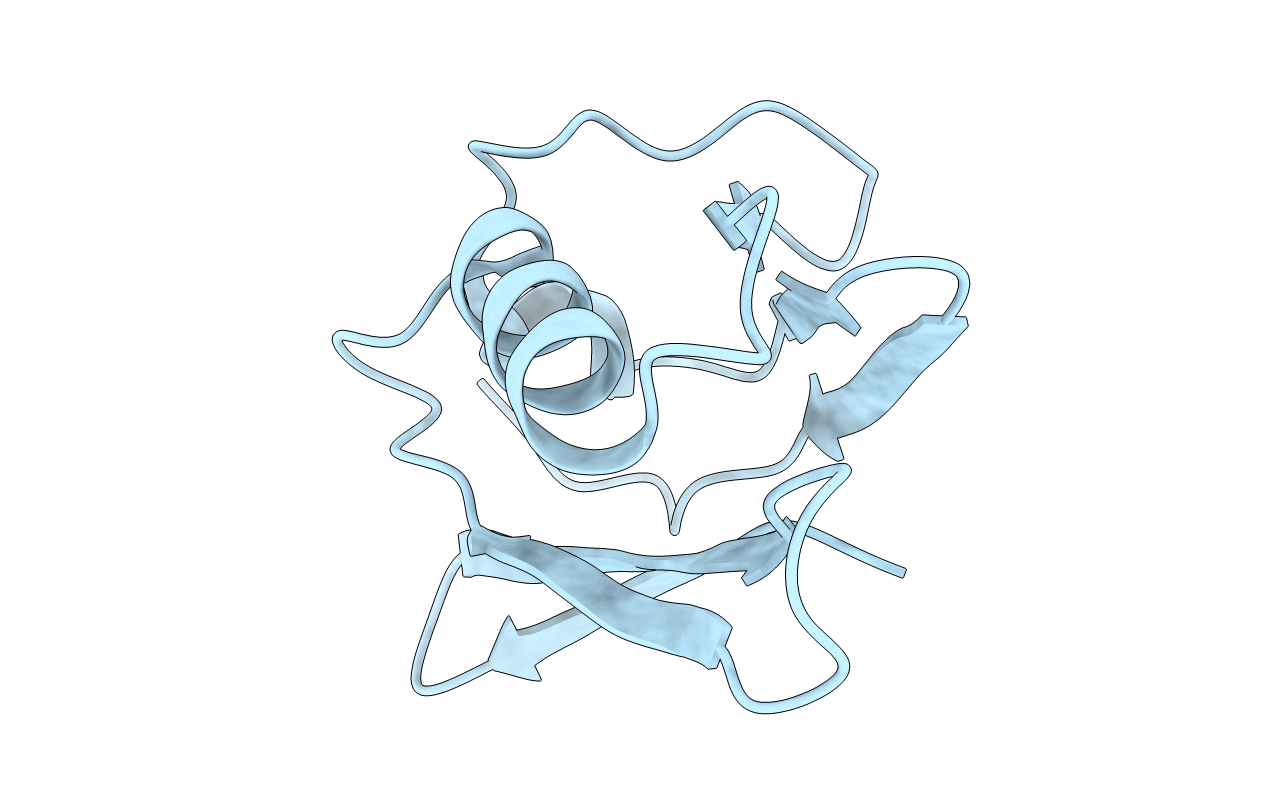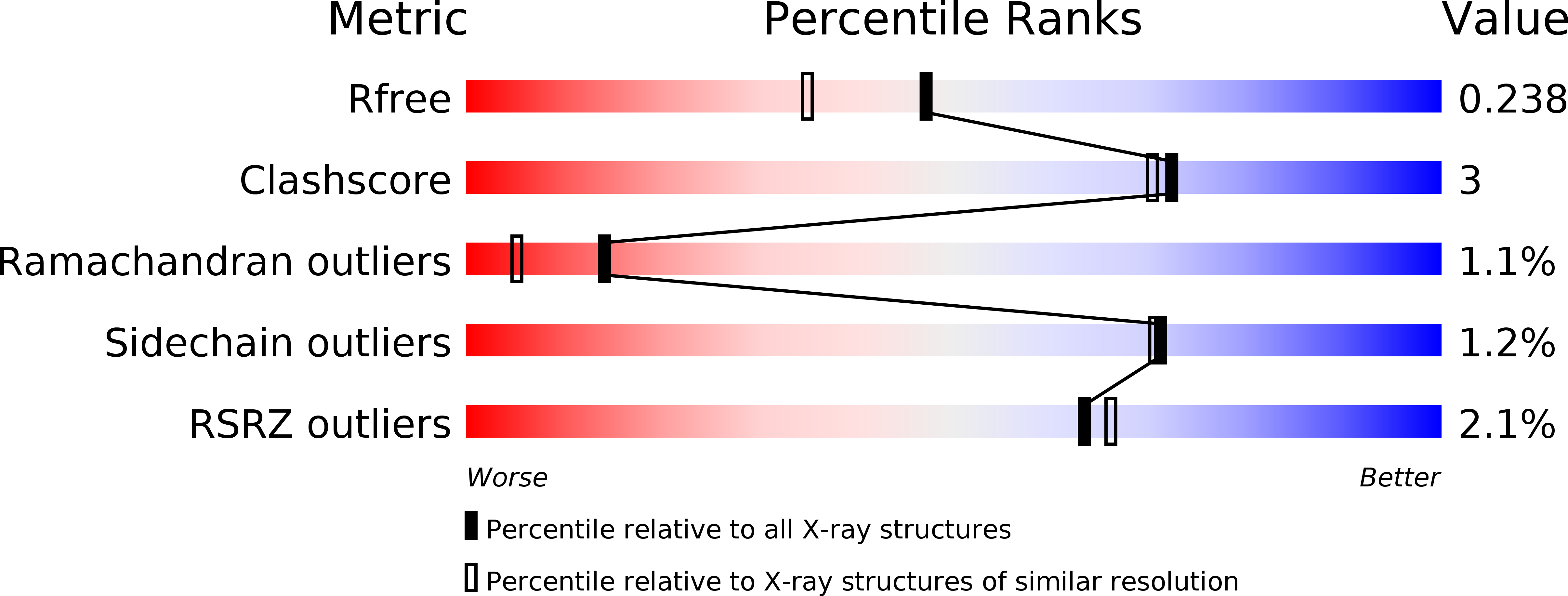
Deposition Date
2016-07-13
Release Date
2016-09-07
Last Version Date
2023-10-04
Entry Detail
PDB ID:
5KUG
Keywords:
Title:
Human mitochondrial calcium uniporter (residues 72-189) crystal structure with lithium
Biological Source:
Source Organism:
Homo sapiens (Taxon ID: 9606)
Host Organism:
Method Details:
Experimental Method:
Resolution:
1.90 Å
R-Value Free:
0.23
R-Value Work:
0.20
R-Value Observed:
0.20
Space Group:
P 65


